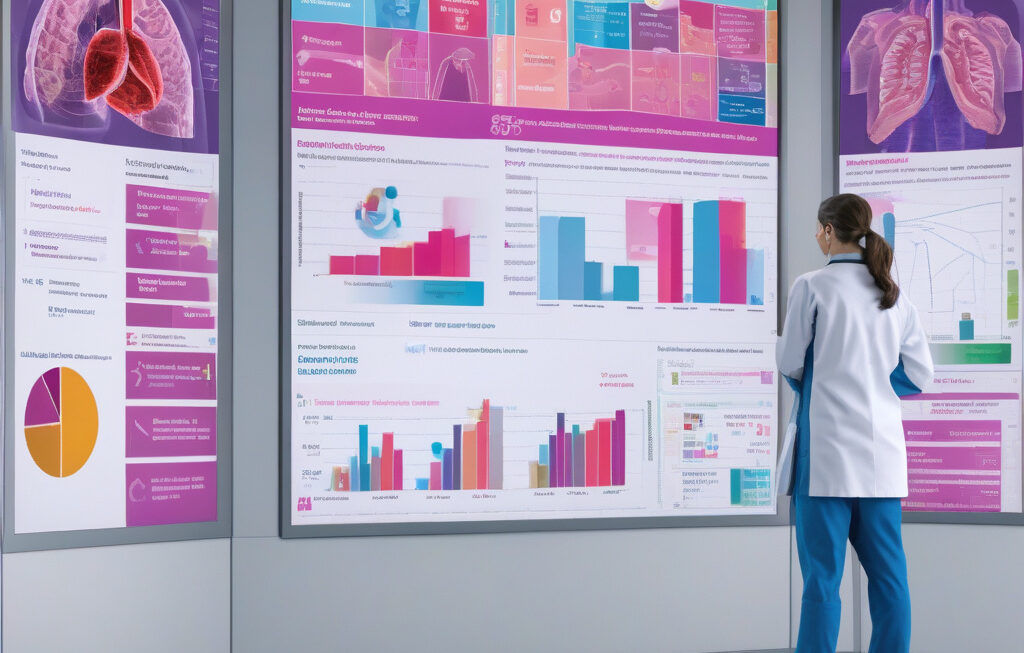Graphene Boosts Accuracy in Lithium Detection, Could Help Make Reliable Sensors
Despite advances in sensor technology, achieving devices that are both highly precise, reliable, and durable remains a challenge. However, the emergence of graphene as a promising material for sensor applications is changing the game. Recent developments in the field of graphene-based sensors have shown great potential in enhancing the accuracy of lithium detection, a critical function in various industries such as energy storage, medical diagnostics, and environmental monitoring.
Graphene, a single layer of carbon atoms arranged in a hexagonal lattice, possesses remarkable properties that make it an ideal candidate for sensor development. Its high electrical conductivity, large surface area, mechanical strength, and chemical stability enable sensitive and selective detection of target molecules. When integrated into sensor platforms, graphene can significantly improve the efficiency and performance of lithium detection, offering unprecedented levels of accuracy and reliability.
One of the key advantages of graphene-based sensors in lithium detection is their enhanced sensitivity to low concentrations of lithium ions. This heightened sensitivity allows for the early detection of lithium in a sample, even at trace levels, which is crucial for applications such as monitoring lithium levels in blood for patients undergoing treatment for bipolar disorder or other medical conditions. By providing real-time and accurate measurements, graphene sensors offer healthcare professionals valuable insights for optimizing patient care and treatment outcomes.
Moreover, the use of graphene in lithium detection sensors enhances the overall reliability of the devices. Graphene’s robust structure and resistance to mechanical stress ensure the long-term stability and durability of the sensors, reducing the need for frequent calibrations or replacements. This reliability is particularly advantageous in industrial settings where continuous and precise monitoring of lithium levels is essential for maintaining operational efficiency and safety standards.
In addition to improving accuracy and reliability, graphene-based sensors offer a cost-effective solution for lithium detection. The scalability of graphene production and its compatibility with existing sensor fabrication techniques make it a viable option for large-scale sensor manufacturing. This cost efficiency opens up opportunities for widespread adoption of graphene-based sensors in various industries, driving innovation and progress in sensor technology.
The potential impact of graphene-based sensors in lithium detection goes beyond enhancing existing applications; it paves the way for the development of next-generation sensor technologies with unprecedented capabilities. By leveraging the unique properties of graphene, researchers and engineers can explore new possibilities in sensor design and functionality, leading to breakthroughs in areas such as IoT devices, wearable technology, and environmental monitoring systems.
As the demand for highly accurate and reliable sensors continues to grow across industries, the integration of graphene into sensor technology holds promise for addressing critical challenges and driving advancements in detection capabilities. By harnessing the power of graphene in lithium detection, researchers are not only improving sensor performance but also shaping the future of sensor innovation.
In conclusion, graphene’s ability to boost accuracy in lithium detection represents a significant milestone in sensor development, offering a path towards the creation of reliable sensors with unparalleled precision. With ongoing research and advancements in graphene-based sensor technology, the potential for transformative applications in various sectors is vast, setting the stage for a new era of sensor innovation and progress.
Graphene, Sensors, LithiumDetection, Innovation, Technology












